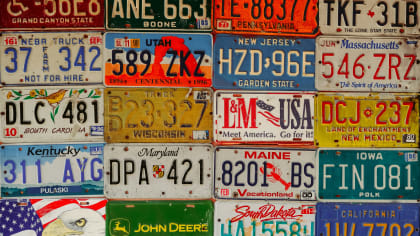5 Important Tips for Safe Winter Driving
Published on Mon, Jan 18, 2021
By: Collin Morgan
Whether you’re headed up to the mountains, or travelling across the snow-covered parts of the US, here’s 5 tips for safe winter driving to keep in mind.
Right off the bat, the best way to drive in snowy or icy conditions… is to not. If you can afford to stay an extra night, or even a few hours, do it. If that's not an option, utilize safe winter driving.
No matter how experienced you are in the snow, just remember that the people around you are not. You can do everything right, and all it takes is one dummy to make your trip a nightmare.
Just because Ken Block can drive sideways, doesn’t mean it’s easy.
I’ve driven in West Michigan ever since I got my driver’s license. I’ve seen snowy two-tracks on highways, glided across sheets of ice, and plowed through thick slush. None of it is fun.
So here are 5 tips for safe winter driving that I use every time I have to pull out onto slippery, snowy roads.
Leave Early, Go Slow
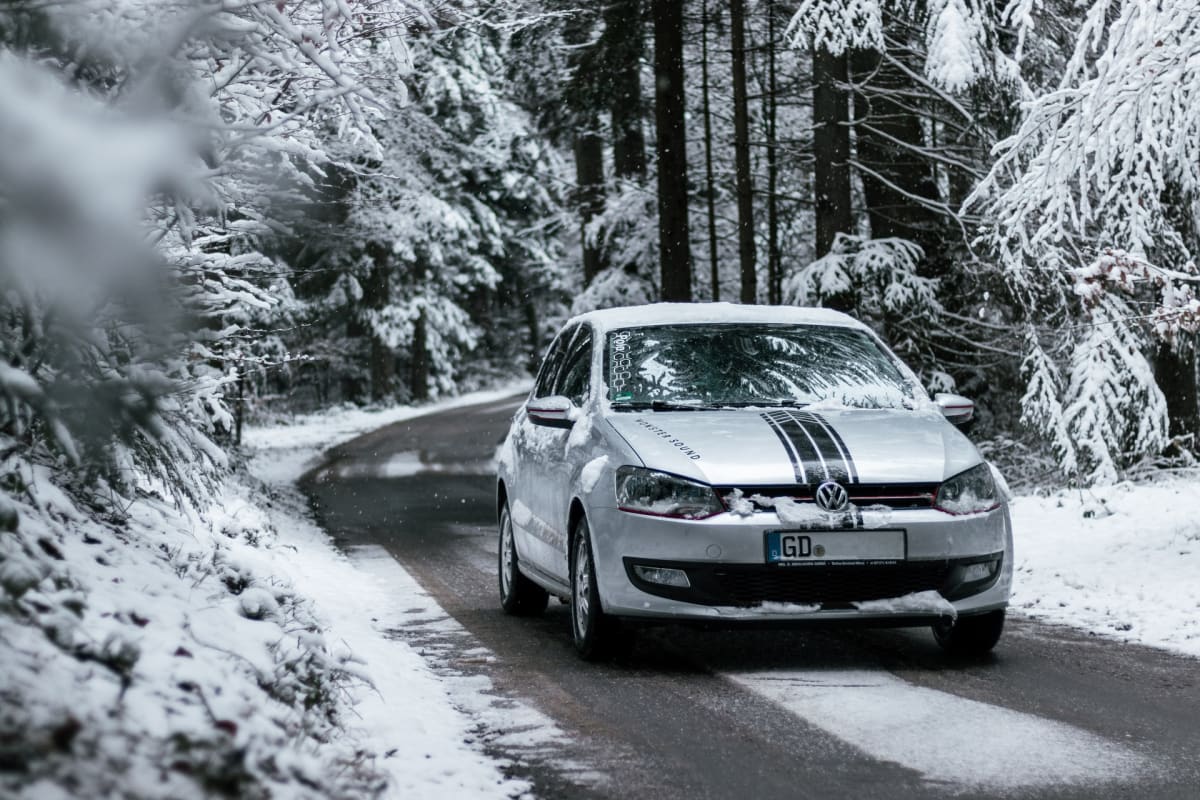
If you’re on a time crunch and the roads are bad, leave way earlier than you think you need to. It’s totally fine to arrive at your destination in advance, just take the time to catch your breath when you make it.
The worst thing is to be in a hurry. You’ll take chances, go a little faster, and before you know it, the back of your car is twerking more than Shakira.
Take your time, don’t pull out in front of people, and leave early. Minimize your stress.
Give Plenty of Space
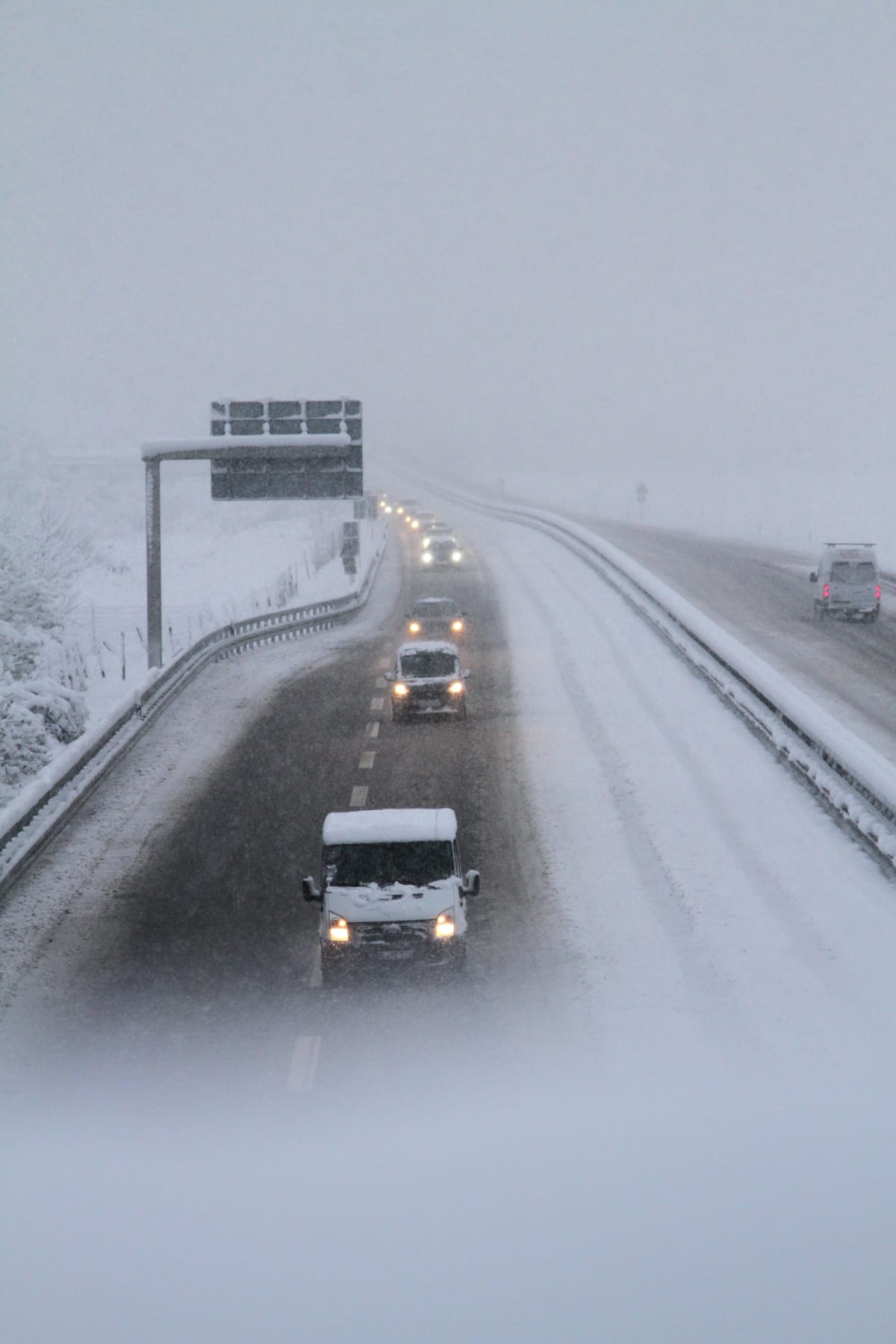
When you’re behind someone on wintery roads, give them too much space. Forget reading their license plate; you shouldn’t be able to tell what state they’re from.
I utilize something called ‘following distance’. Use a minimum measurement of 6-8 seconds behind someone, but go longer if you can.
What do I mean by that?
Mark the time when the car in front of you passes a mailbox, mile marker, or anything on the side of the road. Count the seconds until you pass it yourself. If it’s anything below 6 seconds, back off.
If you get into a slam-the-brakes situation, give time for the ABS to do its job, and allow yourself the chance to stop or steer away from the danger. If you’re tailgating and you need to stop quickly, you might as well call your insurance right then and there... you’re crashing.
Use your following distance and give yourself the opportunity to avoid a wreck. This is probably the most important thing in safe winter driving.
Tires Change Everything
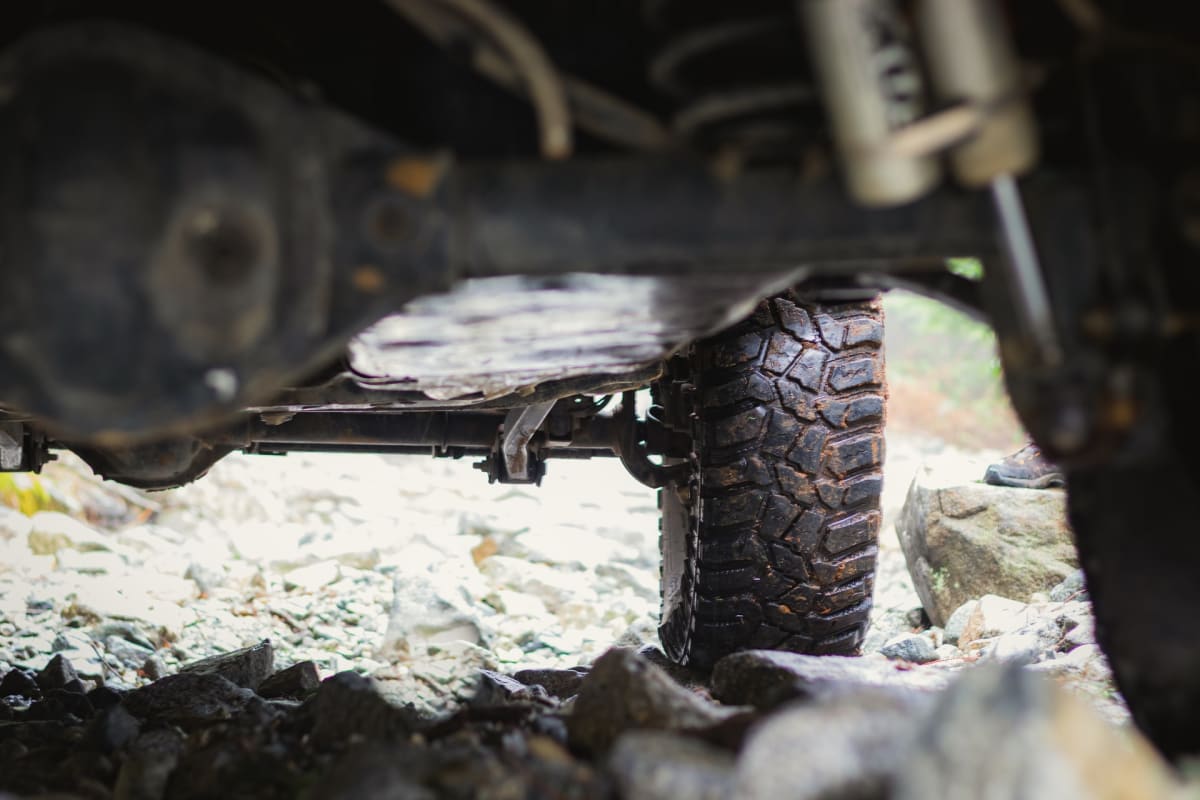
Before you head into the Great White Beyond, get your tires checked. And if you’re having issues with traction in the rain, you need new tires.
You have three choices here: Winter Tires (best), All-Season Tires (good), or Summer Tires (risky business). You want to avoid any risk when driving on wintery roads, so don’t even try with summer tires.
Winter tires are softer, knobbier, and have deeper channels to direct snow and slush away from the contact points of the tire. These points are usually larger to give you the best grip when things get slippery.
With the softness factor, you don’t want to use winter tires on normal days when the sun is hot, and the roads are clear. You’ll wear through them quick. Preserve your investment and store them in the garage when you’re not driving in the snow. A quick trip to the tire shop to swap your winters out for regular tires is worth it.
All-season tires are the next best choice. While not offering the grip and traction winter tires provide, all-seasons are better than nothing. Just keep in mind they are NOT winter tires – you still need to be extra careful.
All-seasons are usually more durable, and obviously usable in any weather. If storage or financing is an issue, all-season tires are a fantastic compromise.
Keep One Eye in Front, One Eye Behind
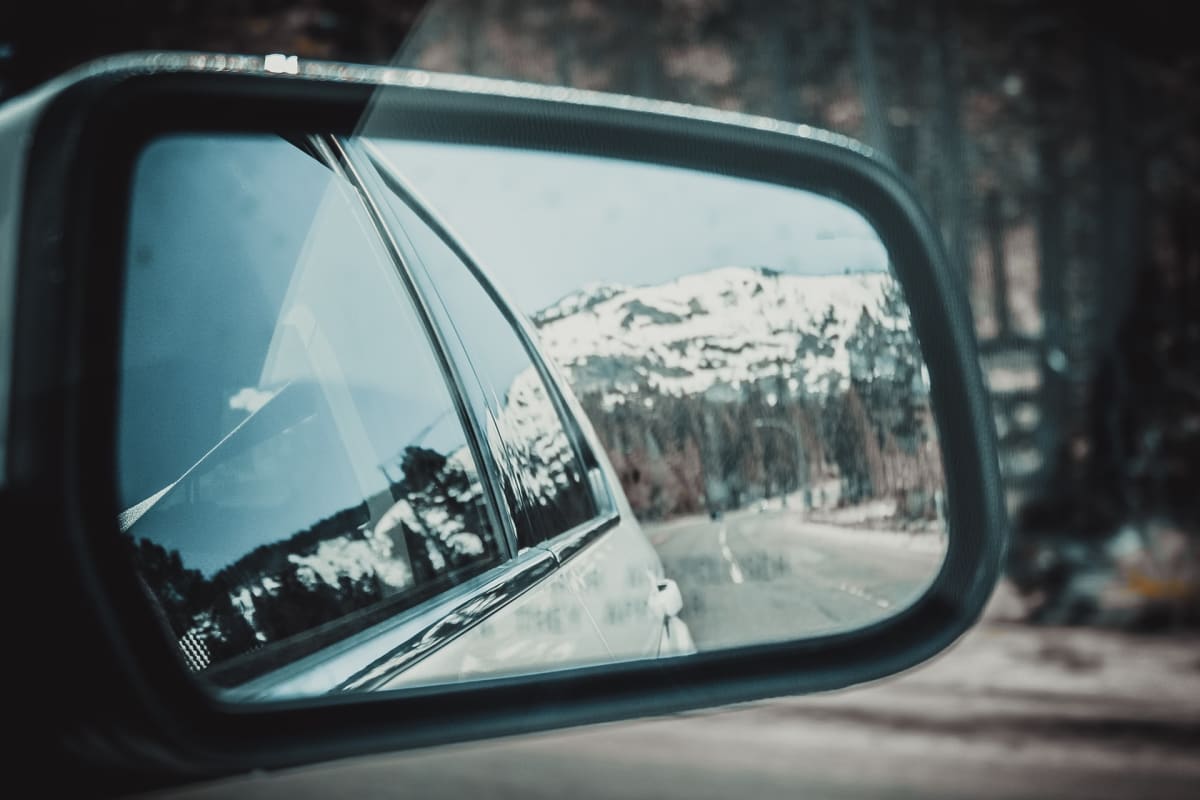
Your biggest risk when driving in wintery conditions aren’t the conditions – it’s the people around you who’ve never driven in the snow before. “It’s just fluffy water…” give me a break.
Your head has to be on a swivel, checking blind spots if you ever have to change lanes. Your eyes need to flick to each mirror constantly. Come up with a routine: left, windshield, rear-view, right, windshield, and so on. Always know who’s next to and behind you.
Turn your music off, put your phone down, turn your wipers on, and put two hands on the steering wheel just as if mom was riding along, watching your every move.
Have a plan of action if the person behind you is tailgating. Rather than stopping straight in a hard-braking situation, utilize your following distance (see above) and steer gently off to the right-hand side if possible to avoid a rear-end collision (and a trip to the chiropractor).
Observe your surroundings at all times, knowing where each surrounding car is constantly.
Pack Prepared
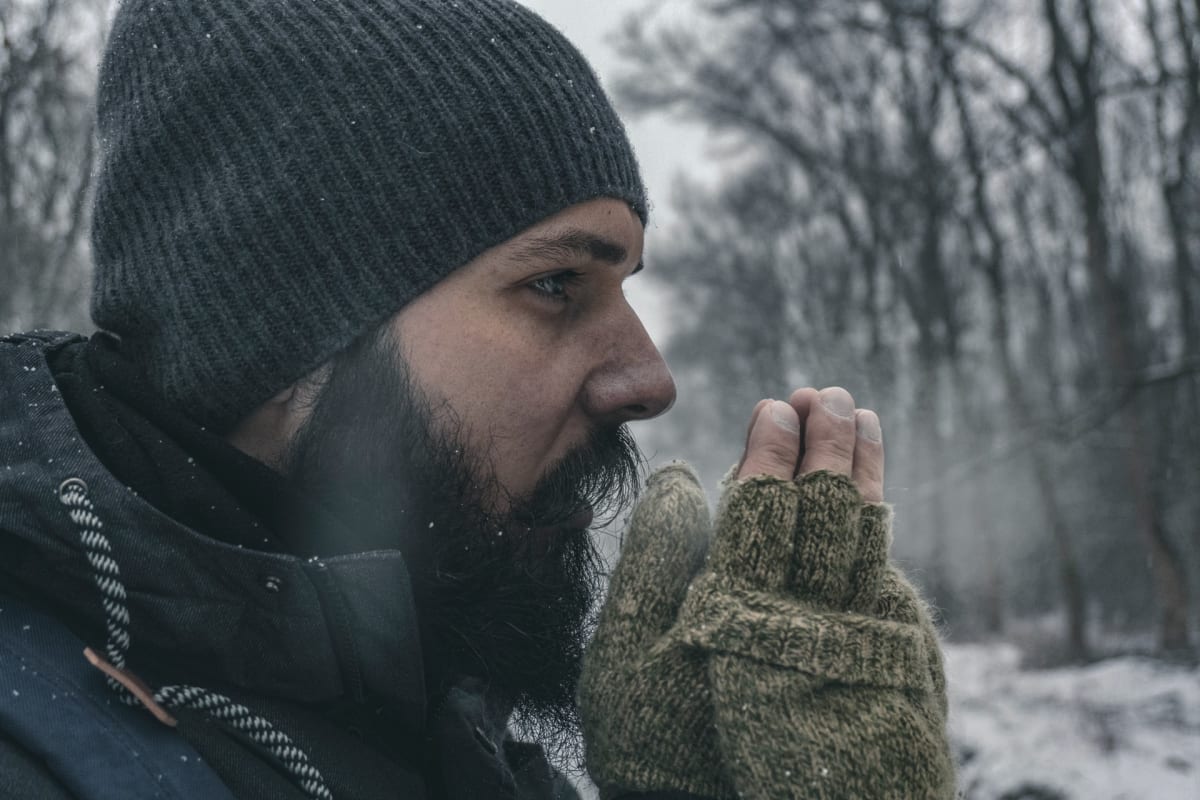
If you think driving to the ski resort in shorts and sandals is cool, cut the crap. Wear your best driving gear if you have to drive in the snow. And bring gear in case it hits the fan.
You should wear tight, secure shoes in case you need to do any pedal dancing. Sunglasses are always a good idea, no matter if the sun is out or not – the snow is bright. Gloves can help if your leather steering wheel isn’t warming up fast enough.
In the back seat, you should have some gear to get you through a pinch if you do end up off the road. Gloves, a hat, heavy coat, boots, heavy jeans or snowpants, blankets, a shovel, ice scraper, snacks, and water are all things you should bring with you on a snowy drive. Be prepared for anything.
You might spot someone else who needs help – be that person to save someone from hypothermia. Bring extra gear.
And that’s 5 tips for safe winter driving. Just remember, if you can avoid going out in the snow and ice, stay home. Stay safe, and don’t wear sandals!
Featured photo by Patrick Wittke.
